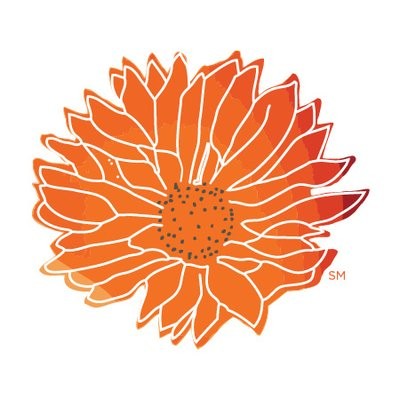Project teams are required to vet and track permanently installed building products, office Systems Furniture, task seating, all hardwired and hard-piped equipment and appliances, and equipment and appliances with a dedicated electrical circuit. Project teams must also vet and track any construction-related materials or equipment that are permanently installed, such as concrete crane foundations or dewatering systems and equipment.
Miscellaneous hardware, temporary construction materials (including, but not limited to concrete formwork), and free-standing art, as well as furniture, fixtures and equipment (FF&E) not mentioned above, are excluded from the vetting scope and do not require vetting or tracking for the Materials Petal.
SYSTEMS FURNITURE
With respect to furniture, only those elements, but all of such elements, that are designed for repetitive use in commercial office environments are considered Systems Furniture and therefore must be included for compliance with LBC requirements. This is the case regardless of the overall function of the project and the number of times such furniture is used in the project. For example, a single instance of modular office furniture used in the office of a restaurant is Systems Furniture, as is modular furniture employed in a meeting/training hall of a hotel event space. Other furniture that is not designed for repetitive use is considered Furniture, Fixtures, and Equipment (FF&E). The definition of Systems Furniture does not apply within a residence.
Project teams may elect to include products not included in the typical LBC vetting scope. These products must be installed within the LBC project boundary and must be tracked consistently across all Health + Happiness and Materials Petal vetting-related Imperatives. The cost of each individual product added to the LBC vetting scope must also be added to the overall project materials cost.
For example, project teams may choose to track refurbished FF&E elements, such as side tables, as salvage products contributing to the Net Positive Waste Imperative. These side tables must be tracked with either a purchase or replacement cost and included under the Living Economy Sourcing Imperative, and the same cost must be added to the overall reported project budget; any new materials used to refurbish the table (such as a new coat of polyurethane) must be tracked for the Red List and Healthy Interior Environment Imperatives, but existing product materials do not require Red List or emissions tracking.



